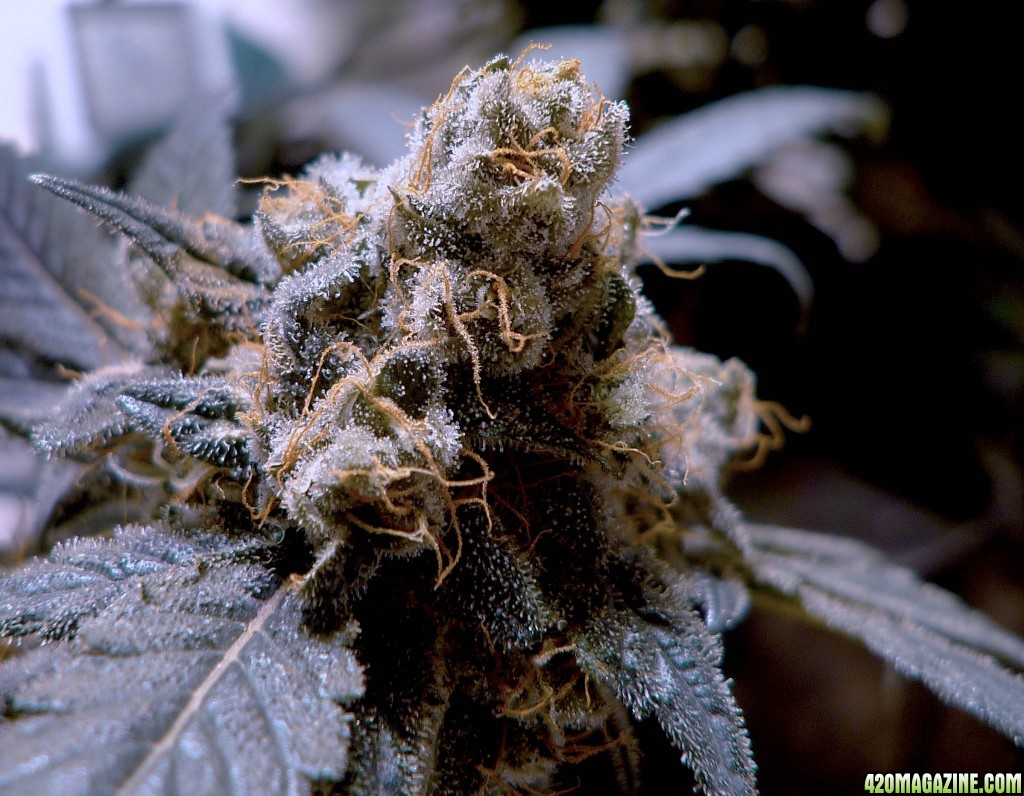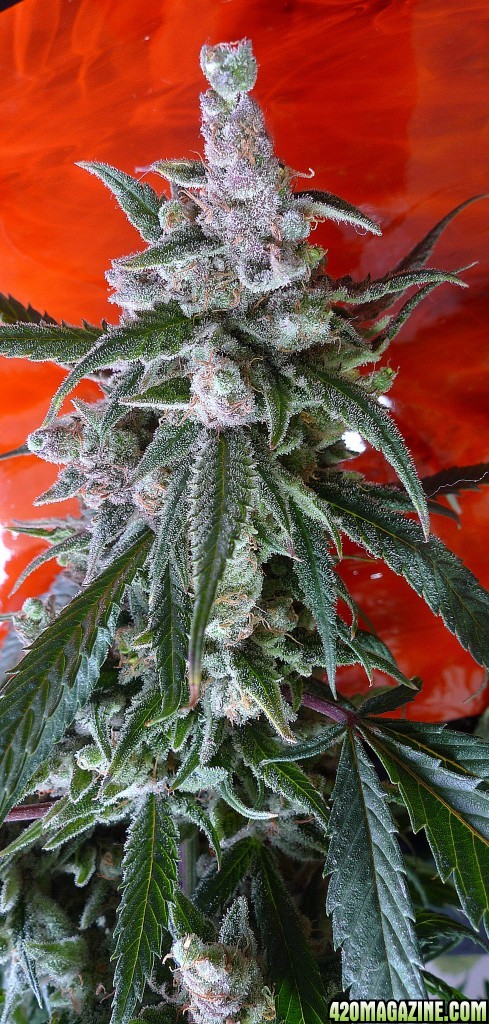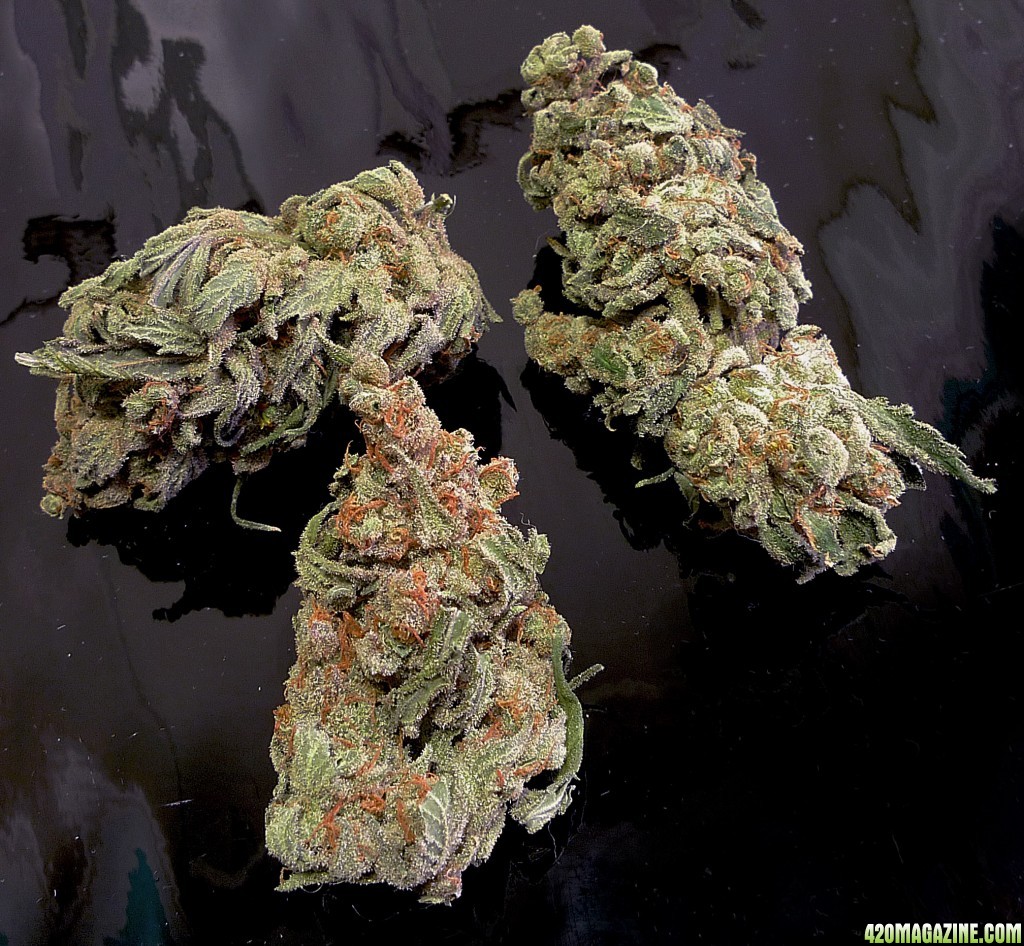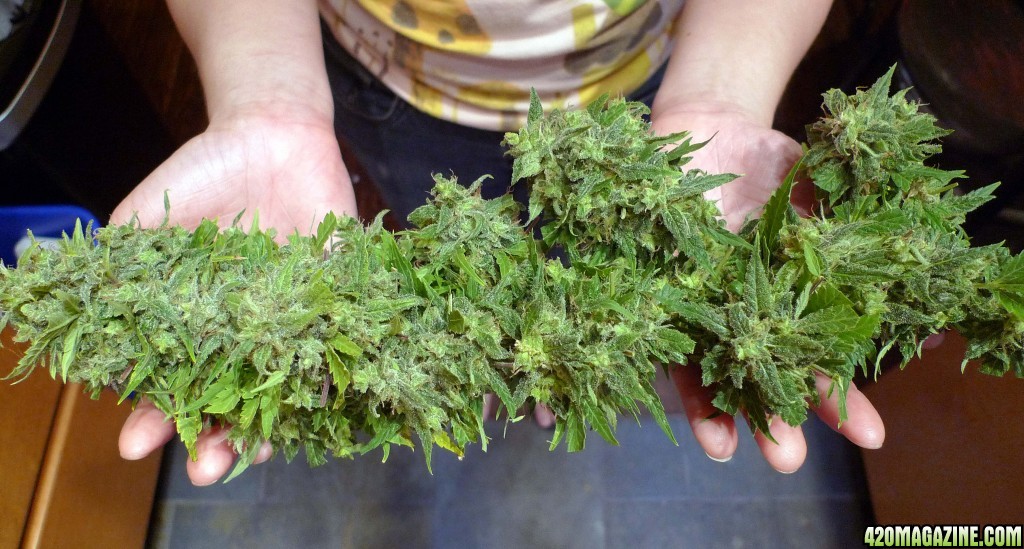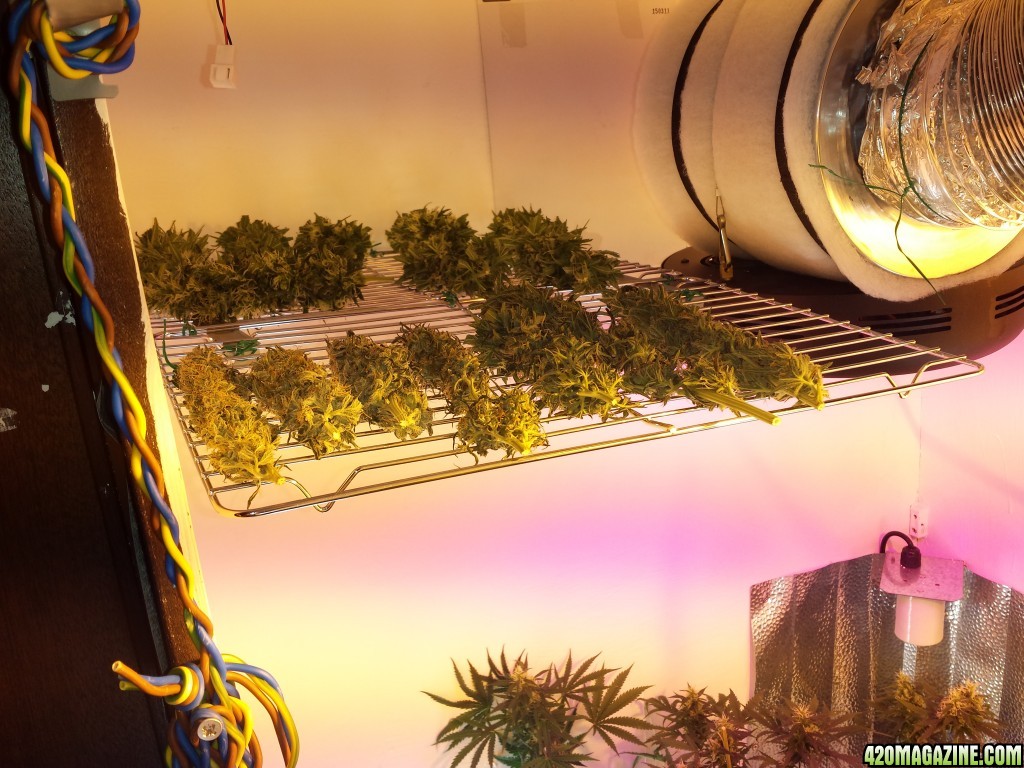ibaba
New Member
"I want to say that I have read that plants actually do react to changing light patterns through the day, and actually have whats called "mid day depression" in which at mid day sun, most plants actually ramp down their amount of photosynthesis quite a bit, and then it ramps back up towards the evening."
Since dips in photodynthetic activity are a known fact do any of the LED mfgs talk about it or engineer something to optimize that information?
I understood the dip to be sort of like fatigue, there is a shortage of rubisco resulting in decreased photosynthesis.
Since there is a natural dip in rate of photosynthesis it seems like when our light cycle consists of 12-18 hours of full on, high noon light we are not making the most of what we understand about the plants' metabolism.
Because of this cannabis is actually happier and produces bigger buds with more resin when only on 6 hours of full light. Cannabis is a short day plant, so a 12hr regimen means slower flowering with less bud weight.





